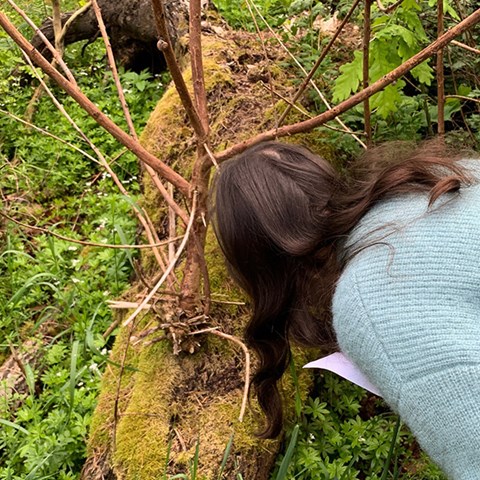Contact
René van der Wal
Professor of Environmental Citizen Science
Department of Ecology
rene.van.der.wal@slu.se

Citizen science is blossoming, particularly in the ecological and environmental sciences. Here, new projects emerge all the time and several that have been around for a while are growing very big. We study the dynamic landscape of environmental citizen science, with a particular interest in those that gather biodiversity data.
We ask questions like:
Several giants have emerged, together gathering enormous amounts of species observations. They have been able to do so because of the clever and strategic use of digital technologies, connecting to existing structures and interests in society. We study and reflect on these technologies, such as automated species recognition, asking questions like: why is it used, to what effect, how does this change a programme and where does it leave the user?
Lay understandings of people living, working or otherwise interacting with environments differ from scientific knowledge in that the environment is more holistically approached. Environmental monitoring lacks this holistic nature by design: specific parameters need to be measured time and again so that trends can be discerned.
Yet, the sum of those parameters do not make up the environment, and hence it may be difficult for people to fully benefit, understand or appreciate the enormous monitoring efforts made across the world. We are interested in asking how knowledge of the environment obtained through monitoring and long-term research really differs from other ways of knowing the environment; how such different knowledge rub shoulders; and what can be done to get the best of both worlds.
René van der Wal
Professor of Environmental Citizen Science
Department of Ecology
rene.van.der.wal@slu.se